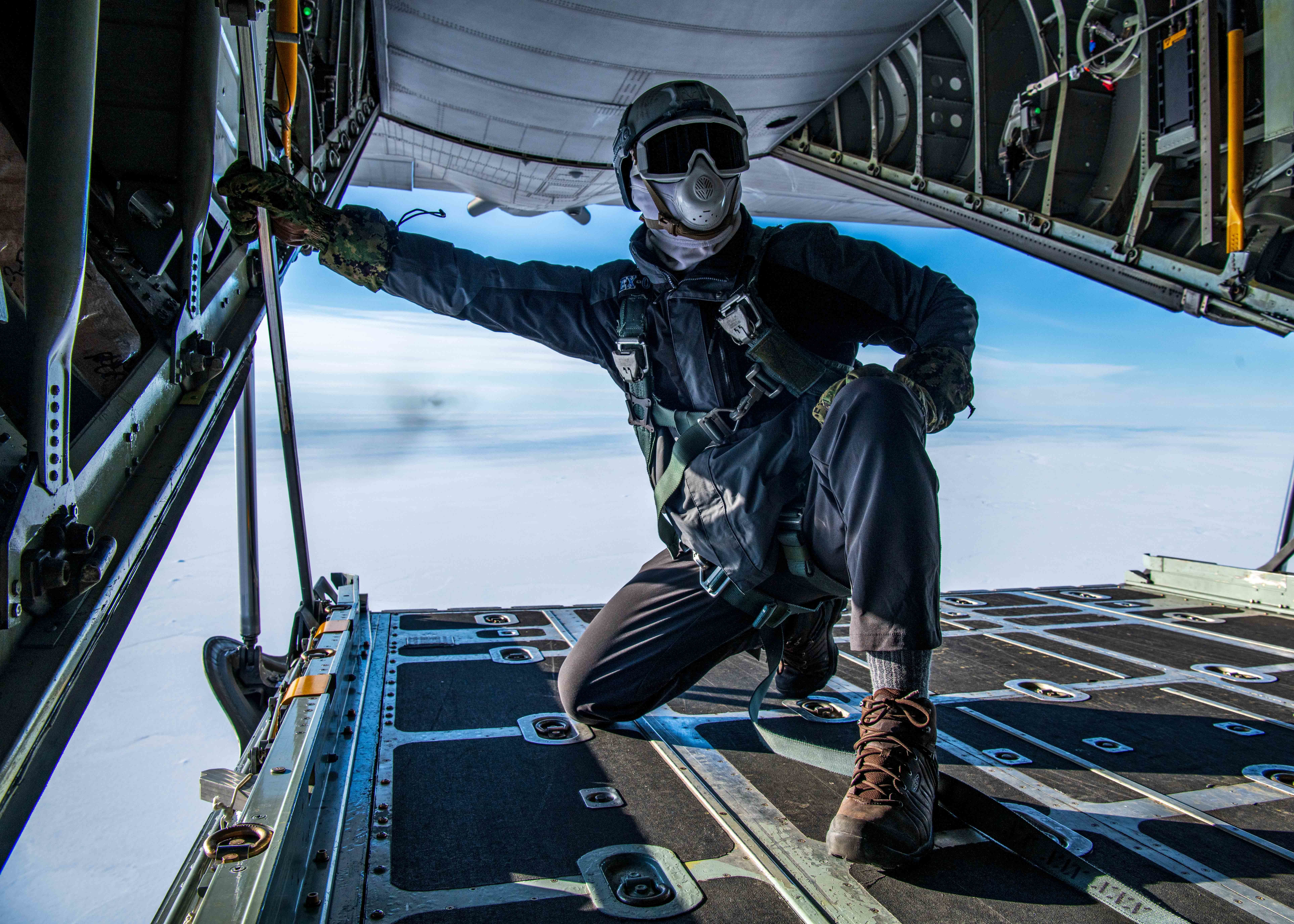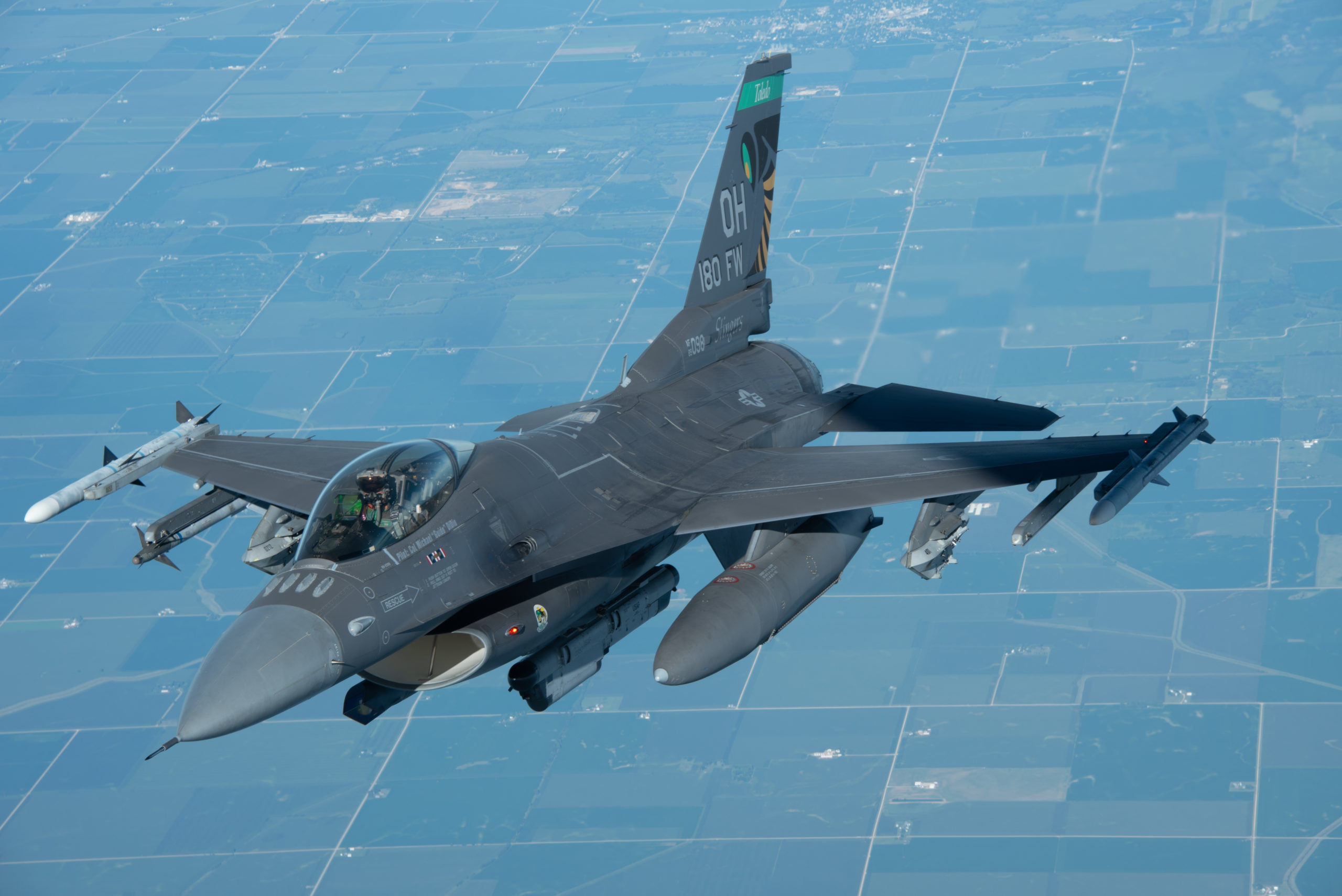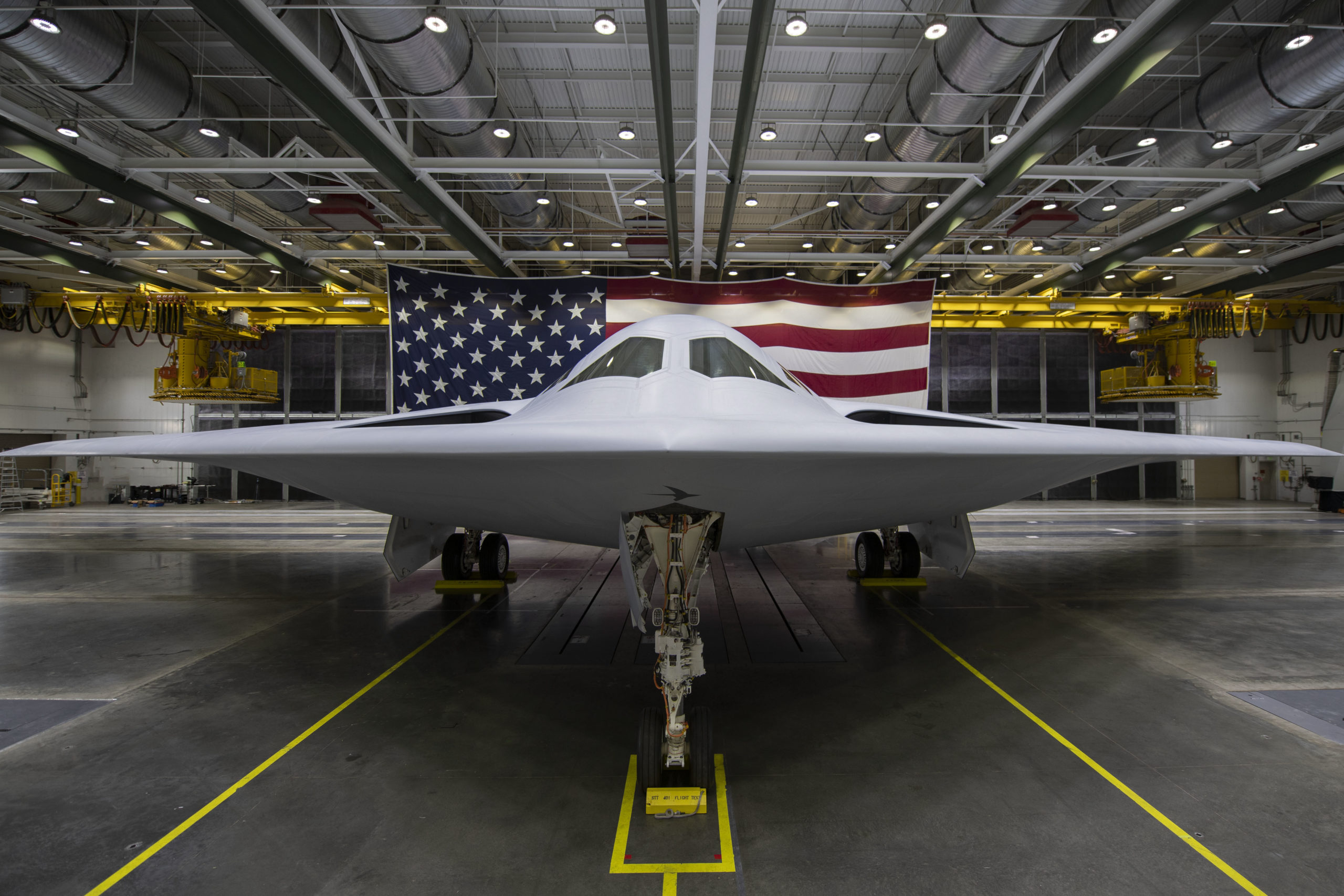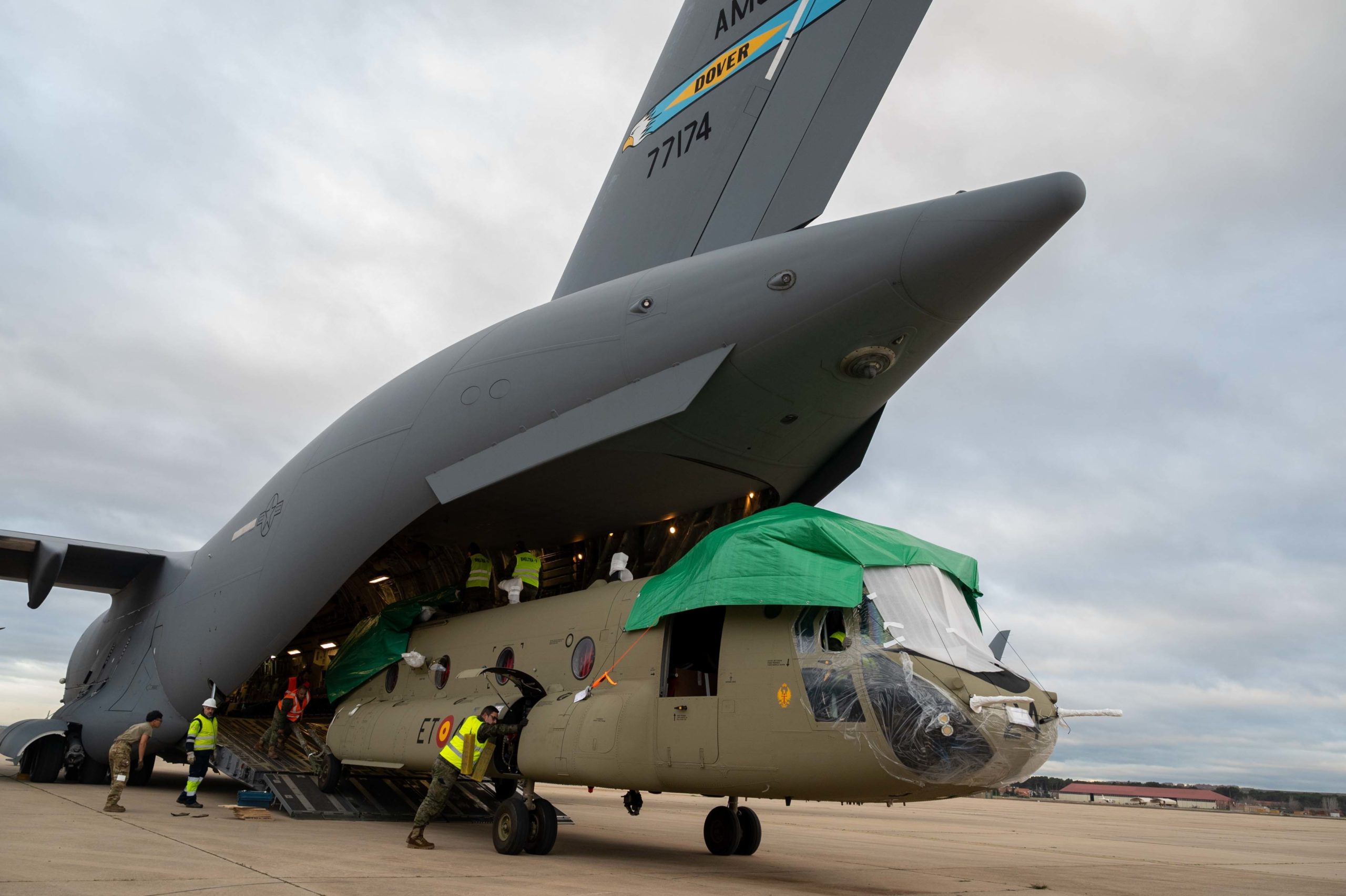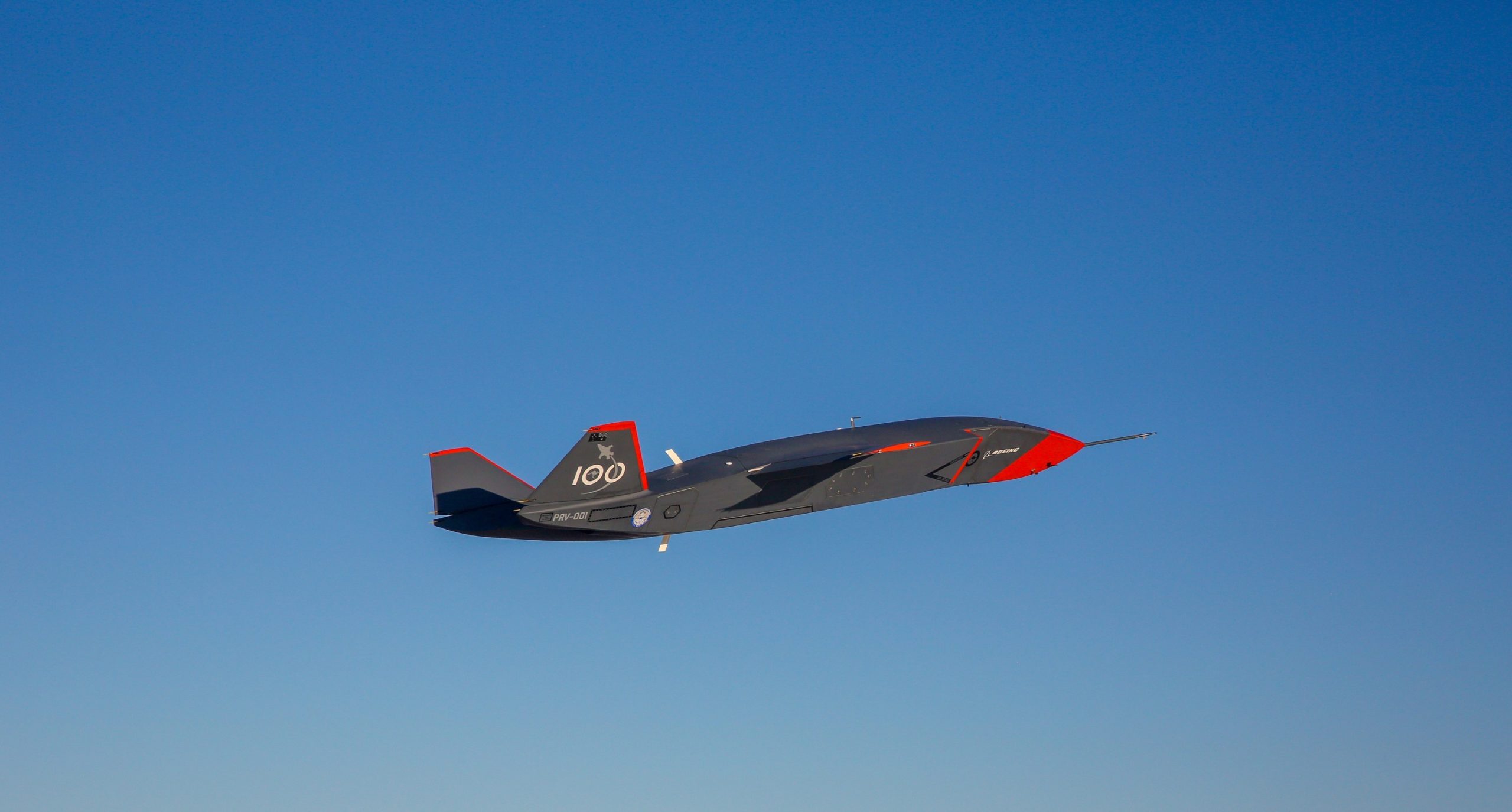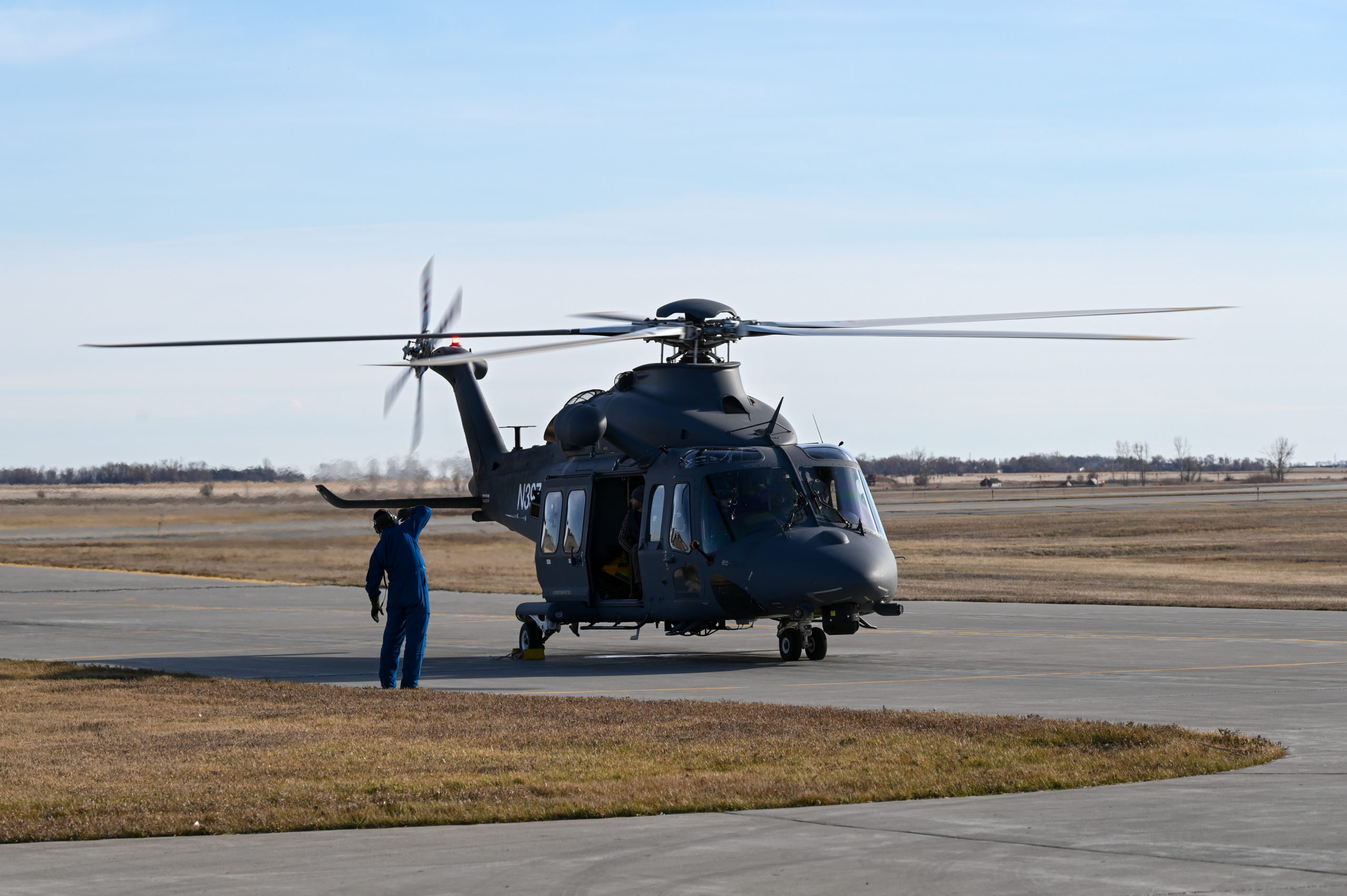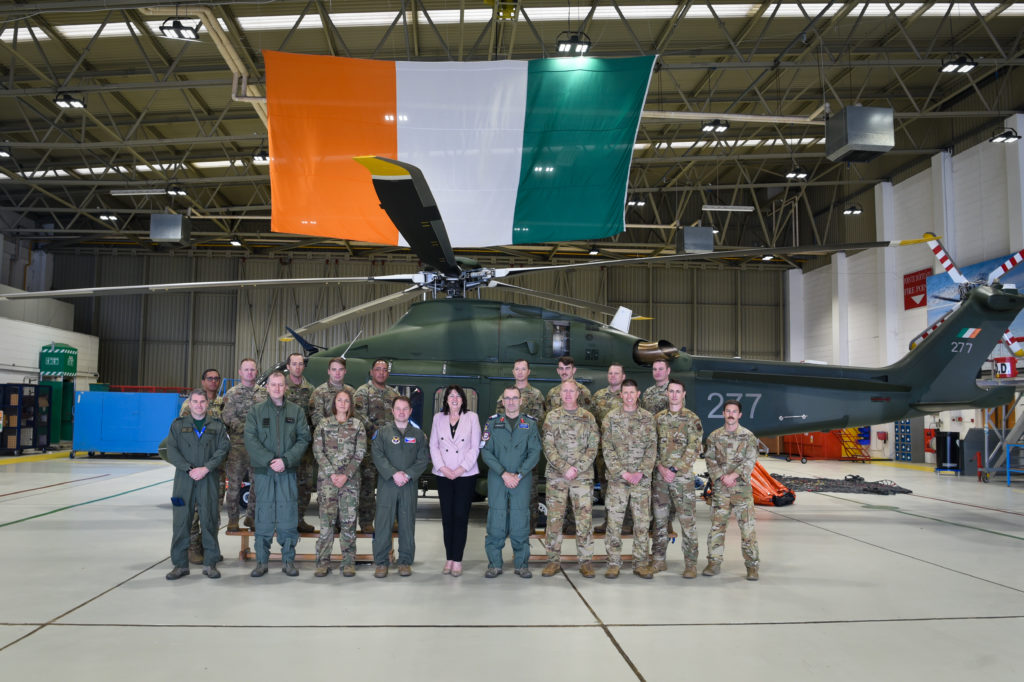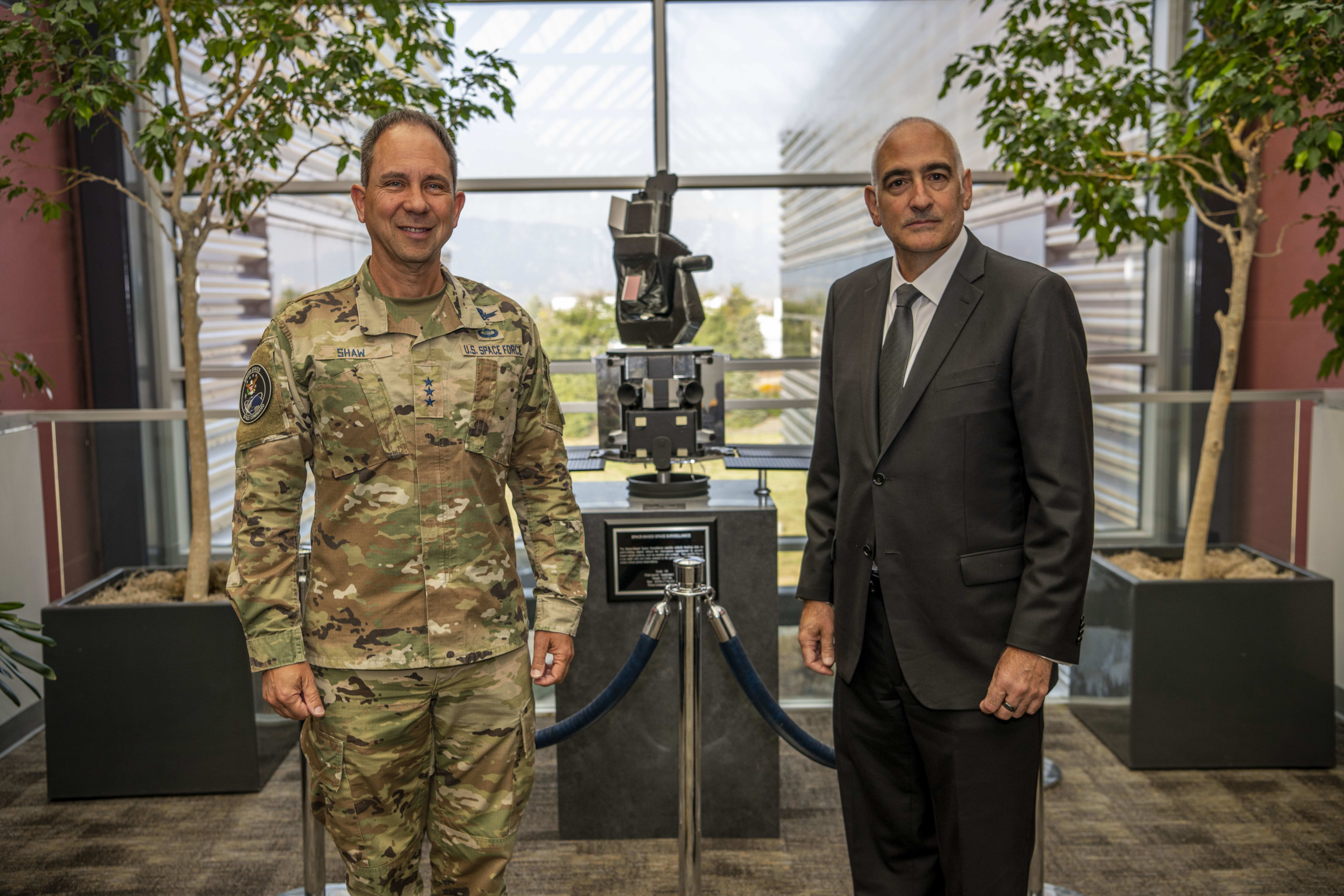American and Western officials have grown increasingly concerned about Arctic security and Russia’s threat to the region, and even as the Russian military has been degraded by its losses in Ukraine, its Arctic forces remain strong, according to a new report from the Center for Strategic Studies (CSIS).
Russia has faced heavy attrition of its ground forces in Ukraine, forcing Moscow to order the conscription of hundreds of thousands of new soldiers, but “the toll from the Ukraine war is not necessarily reflected in the other service branches in the Russian Arctic,” according to the CSIS report.
“The naval components of Russia’s Northern Fleet, particularly its strategic submarine fleet, continue to give Moscow a credible second-strike capability,” report authors Colin Wall and Njord Wegge write, referring to Russia’s ability to launch military attacks from the region.
Russian strategic bombers have been able to operate over Russian airspace unfettered and attack Ukraine with standoff weapons. U.S. military officials have watched the situation with concern, including the commander of North American Aerospace Defense Command (NORAD) and U.S. Northern Command (NORTHCOM) Air Force Gen. Glen D. VanHerck.
“They can take off over Russian air bases today and launch their cruise missiles from over Russia and attack almost all of North America, including the United States of America,” VanHerck said in October.
The U.S. relies on its deterrence capabilities including its nuclear arsenal to prevent attacks on the homeland. Experts have argued America needs a more comprehensive approach to combat missile attacks on the U.S. homeland. The U.S. Missile Defense Review, released in late October, acknowledged that America must better protect itself against various missile threats.
The Biden administration’s Arctic strategy, which was also released in October, is clear that the region is growing in its strategic importance to U.S. security.
“We will deter threats to the U.S. homeland and our allies by enhancing the capabilities required to defend our interests in the Arctic,” the Arctic strategy states.
In response to Russia’s war in Ukraine, Sweden and Finland have applied to join NATO and would join Norway as countries in the alliance with a significant presence in the Arctic. But Russia also has major interests and a large footprint in the Arctic, which is home to rich natural resources and the Northern Sea Route shipping channel in Russia’s exclusive economic zone.
“There’s no sign that Russia intends to slow down or stop these projects,” Wall said during a CSIS launch event for the report.
The CSIS report offers recommendations for the Biden administration to help better protect the U.S. and its allies without further militarizing the Arctic.
“There are indirect, light-touch ways to enhance Arctic security: effective imposition of the sanctions regime concerning dual-use computer chips seems to be one way to diminish the conventional Russian threat in the Arctic that does not involve deploying U.S. military assets or personnel to the region,” the report says.
The U.S. has extensive export controls to prevent U.S. technology from fueling Russia’s military arsenal. However, the Royal United Services Institute (RUSI) has examined Russian weapons used in Ukraine and found they make use of U.S. and Western technology and noted that Russia has a variety of ways to acquire such technology, such as front companies.
“These are fielded on Arctic assets,” Wall said.
Despite current U.S. sanctions, Russia’s previous technological development poses an issue, which VanHerck has often highlighted.
While the CSIS experts cautioned against escalating tensions in the Arctic, they also acknowledged a need for NATO and the U.S. to bolster their presence in the region. The U.S. recently activated the 11th Airborne Division in Alaska and the Marines routinely conduct Arctic training. NORTHCOM also hosts a biennial defense exercise known as Arctic Edge, which includes the use of Air Force aircraft.
“I think there is a need on the U.S. side to rebuild some of this institutional knowledge that you had during the Cold War that you are capable of actually deploying there,” Wagge said.
